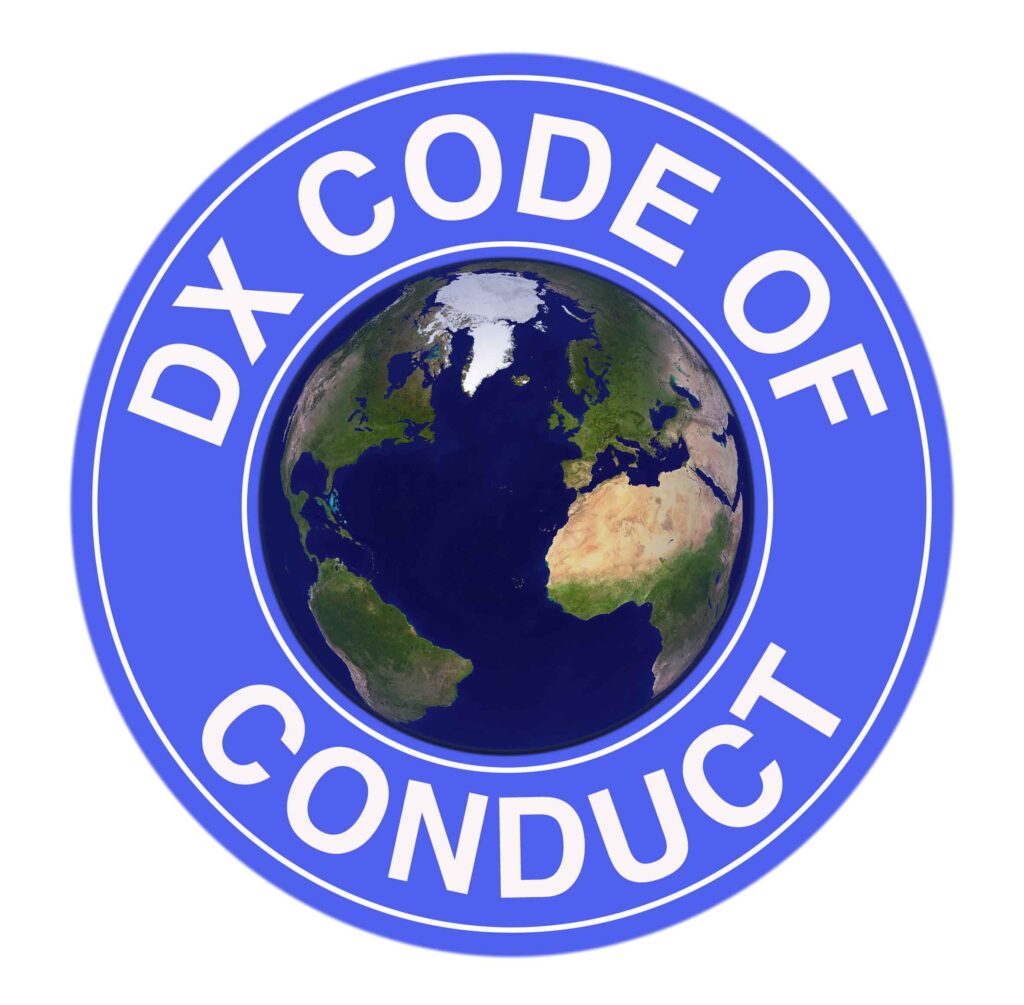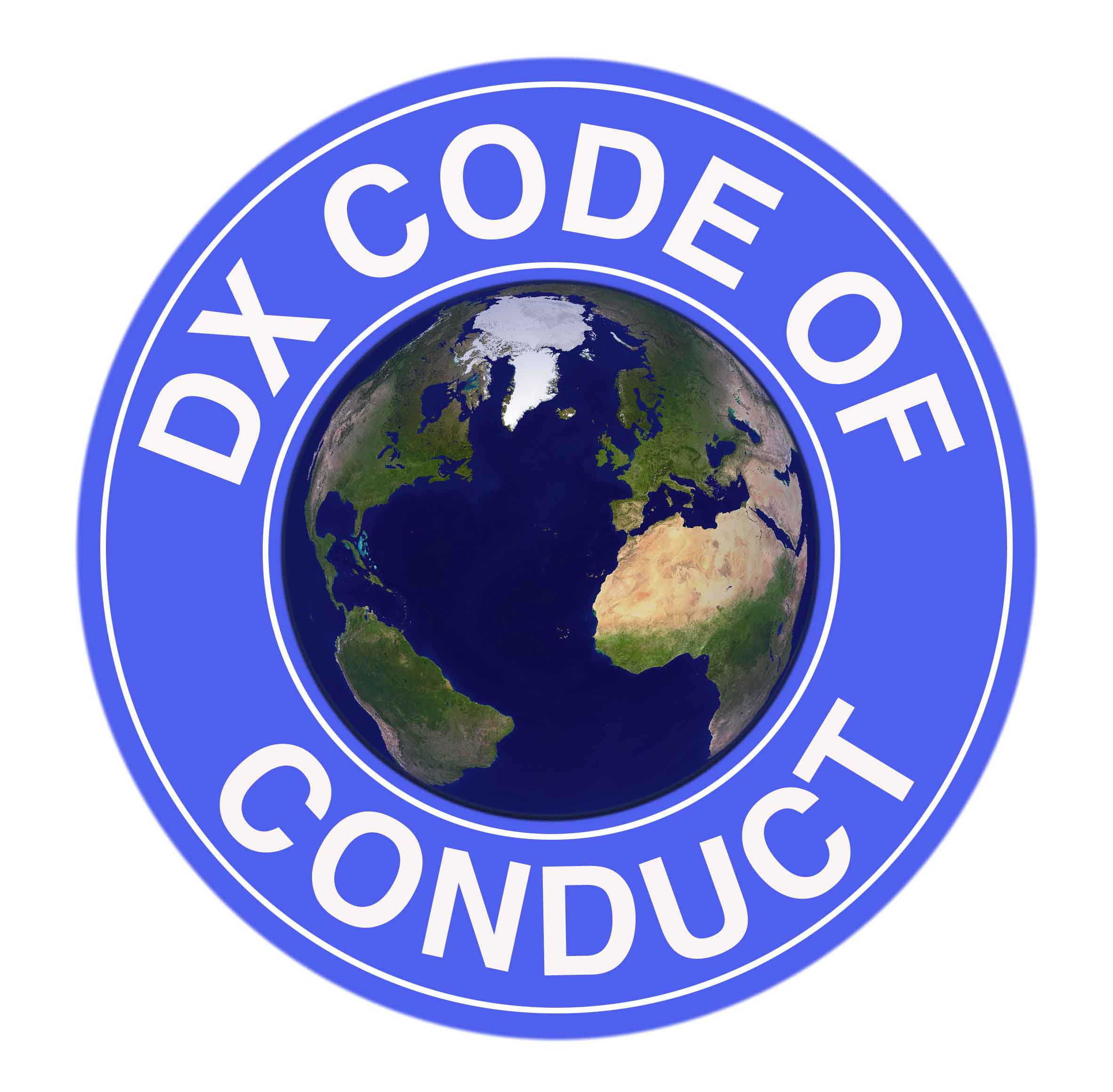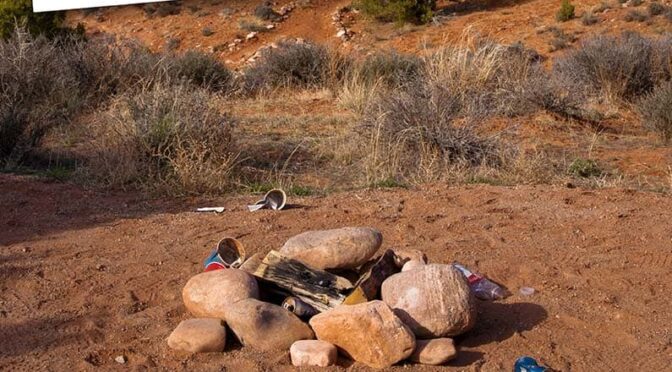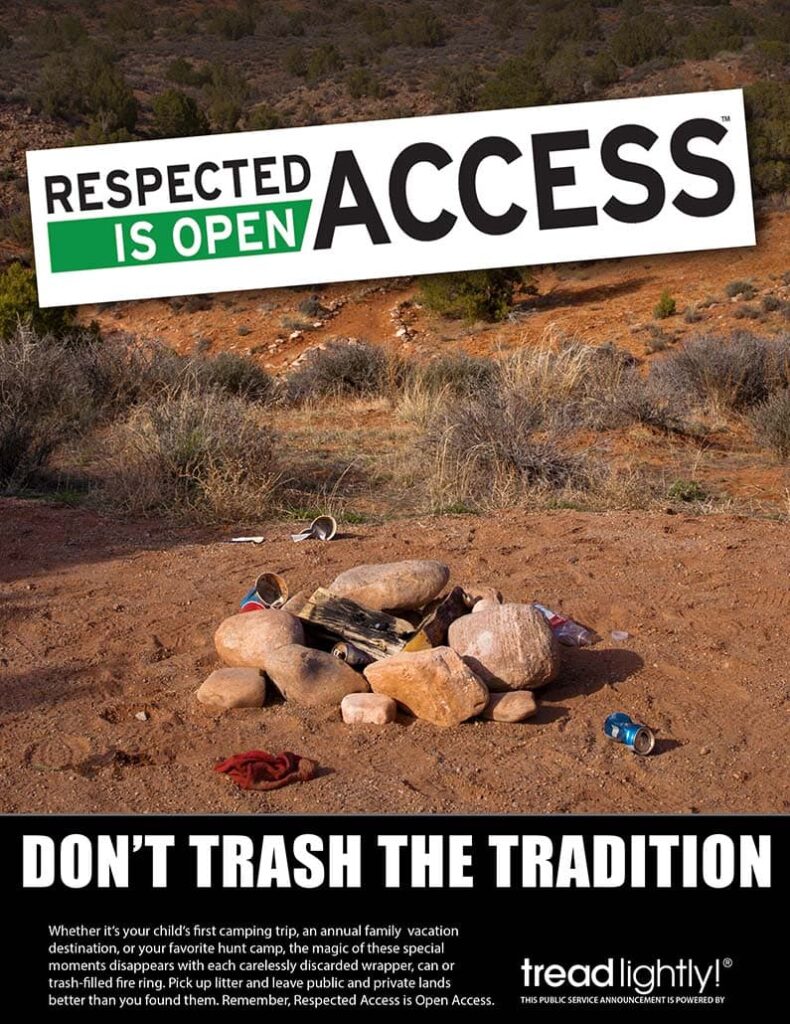Talking about the Tread Lightly principals last week reminded me that ham radio has a similar set of principals called the “DX Code of Conduct.”
For the off-roaders out there, I’m sure you’re wondering what “DX” is. Simply, DX refers to distant communications — though when you hear about it in reference to ham radio it usually is referring to an out-of-country contact.
With that said, I think that whenever we use ham radios to communicate (or even FRS or GMRS) we should be keeping the DX Code of Conduct in mind since we all are sharing a limited resource. Nobody owns the airwaves and it’s also usually easy to “spin the VFO” (aka, change frequencies) if we come across those that disagree with the code of conduct.
Here’s the DX Code of Conduct with my notes in brackets added for clarification:
- I will listen, and listen, and then listen again before calling.
[Take an extra moment to listen to hear if another person is on the frequency or check for the “busy” light on your radio.] - I will only call if I can copy the DX station properly.
[Don’t blindly try calling for a station you can’t hear yourself.] - I will not trust the DX cluster and will be sure of the DX station’s call sign before calling.
[There are websites that “spot” stations and those can be frequently out-of-date or have incorrect info. Trust, but verify!] - I will not interfere with the DX station nor anyone calling and will never tune up on the DX frequency or in the QSX slot.
[If you use an antenna tuner, they send a solid carrier on the frequency you are on. Don’t set your frequency to the station you’re listening for and run your tuner. Always tune off of the target frequency, tune, then return.] - I will wait for the DX station to end a contact before I call.
[Don’t try jumping in the middle of a contact. You’ll usually hear something like “73” or “standing by” to indicate they are wanting to talk with someone else.] - I will always send my full call sign.
[Never abbreviate your call sign. If a station misses part of it, give your whole call sign again — possibly spacing out the phonetics more to assist the station.] - I will call and then listen for a reasonable interval. I will not call continuously.
[Sometimes you’ll hear stations go on and on requesting contacts, aka calling “CQ,” but they go on a long time before you can respond.] - I will not transmit when the DX operator calls another call sign, not mine.
[Along with the #1 tip of listening, pay attention to who the other station requests to contact.] - I will not transmit when the DX operator queries a call sign not like mine.
[Sometimes stations are looking for specific states or countries. Respect their time as well and be patient.] - I will not transmit when the DX station requests geographic areas other than mine.
[This is important as maybe you can hear the other station, but they might have a separate receive antenna that is directional and pointed in the wrong location to hear you.] - When the DX operator calls me, I will not repeat my call sign unless I think he has copied it incorrectly.
[When trying to make as many contacts as possible, there is no need to duplicate information unnecessarily.] - I will be thankful if and when I do make a contact.
[It’s very exciting to get a new state, country, or other entity!] - I will respect my fellow hams and conduct myself so as to earn their respect.




